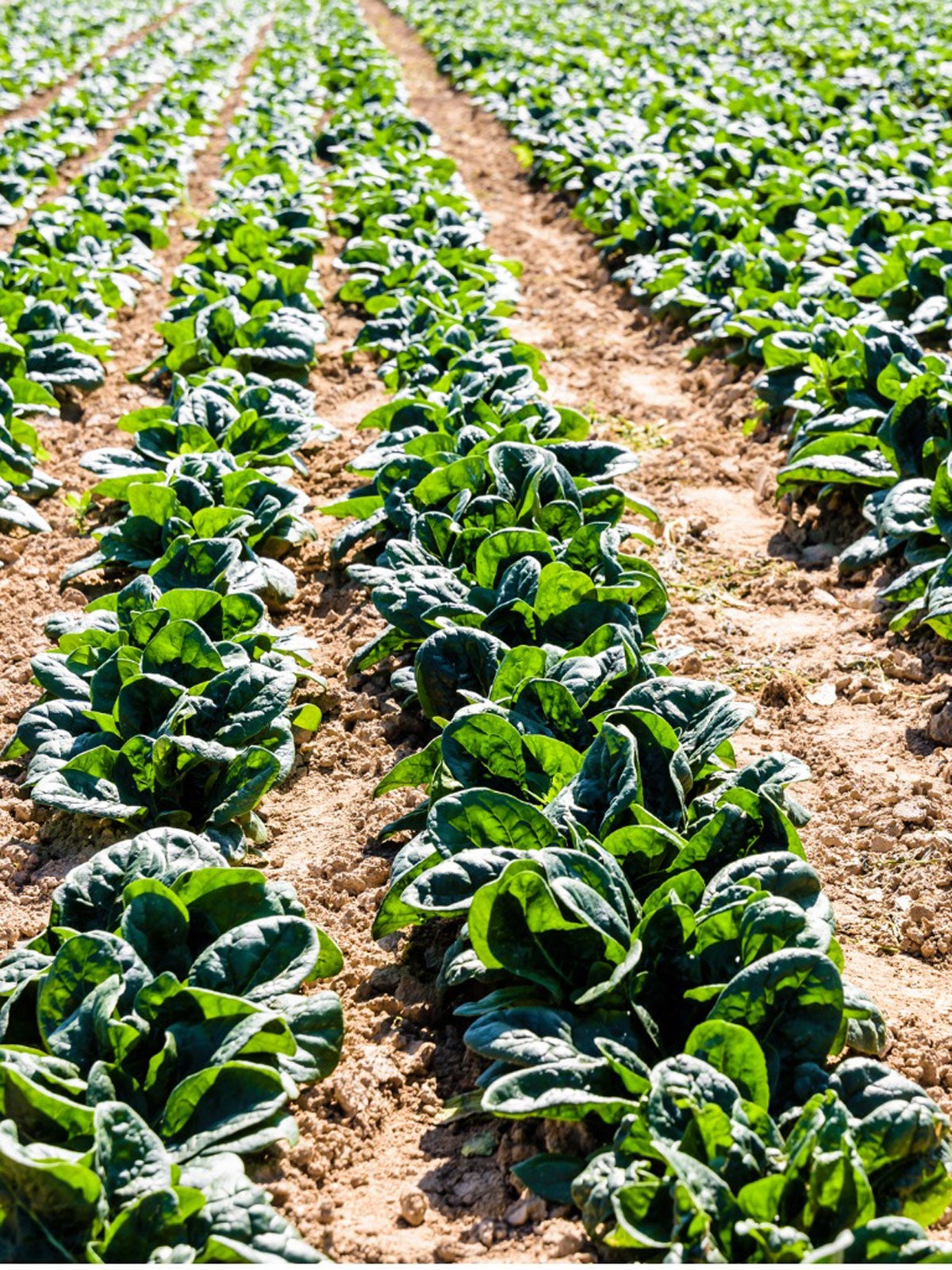
Well before the use of irrigation systems, arid cultures coaxed out a cornucopia of crops using dry farming techniques. Dry farming crops is not a technique to maximize production, so its use has faded over the centuries but is now enjoying a resurgence due to the benefits of dry farming.
What is Dryland Farming?
Crops grown in dryland farming regions are cultivated without the use of supplemental irrigation during the dry season. Simply put, dry farming crops is a method of producing crops during the dry season by using the moisture stored in the soil from the previous rainy season.
Dry farming techniques have been used for centuries in arid regions such as the Mediterranean, parts of Africa, Arabic countries, and more recently in southern California.
Dry farming crops are a sustainable method of crop production by using soil tillage to work the soil which, in turn, brings up water. The soil is then compacted to seal the moisture in.
Dry Farming Benefits
Given the description of dryland farming, the primary benefit is obvious – the ability to grow crops in arid regions without supplemental irrigation. In this day and age of climate change, the water supply is becoming increasingly precarious. This means that farmers (and many gardeners) are looking for new, or rather old, methods of producing crops. Dryland farming might just be the solution.
Dry farming benefits don’t stop there though. While these techniques do not produce the largest yields, they work with nature with little to no supplemental irrigation or fertilizer. This means that production costs are lower than traditional farming techniques and more sustainable.
Crops Grown in Dryland Farming
Some of the finest and most expensive wines and oils in the world are produced using dry farming techniques. Grains grown in the Pacific Northwest region of the Palouse have long been farmed using dryland farming.
Sign up for the Gardening Know How newsletter today and receive a free copy of our e-book "How to Grow Delicious Tomatoes".
At one point, a variety of crops were produced using dryland farming methods. As mentioned, there is a renewed interest in dry farming crops. Research is being done on (and some farmers are already utilizing) dry farming of dry beans, melons, potatoes, squash, and tomatoes.
Dry Farming Techniques
The hallmark of dry farming is to store annual rainfall in the soil for later use. To do this, choose crops suited for arid to drought conditions and those that are early maturing and dwarf or mini cultivars.
Amend the soil with plenty of aged organic matter twice a year and double dig the soil to loosen and aerate it in the fall. Cultivate the soil lightly after every rain even to prevent crusting.
Space plants farther apart than normal and, when needed, thin plants when they are an inch or two (2.5-5 cm.) tall. Weed and mulch around plants to retain moisture, repel weeds, and keep roots cool.
Dry farming doesn’t mean using no water. If water is needed, use rain captured from rain gutters if possible. Water deeply and infrequently using drip irrigation or a soaker hose.
Dust or dirt mulch to disrupt the soil drying process. This means to cultivate the soil down 2 to 3 inches (5-8 cm.) or so, which will prevent moisture from being lost via evaporation. Dust mulch after rain or watering when the soil is moist.
After harvest, leave the remains of the harvested crop (stubble mulch) or plant a living green manure. Stubble mulch keeps the soil from drying due to wind and sun. Only stubble mulch if you do not plan to plant a crop from the same member of the stubble crop family lest disease is promoted.
Lastly, some farmers clear fallow which is a method for storing rainwater. This means that no crop is planted for a year. All that remains is stubble mulch. In many regions, clear or summer fallowing is done every other year and can capture up to 70 percent of rainfall.

Amy Grant has been gardening for 30 years and writing for 15. A professional chef and caterer, Amy's area of expertise is culinary gardening.
